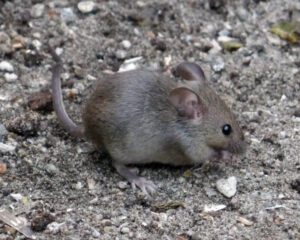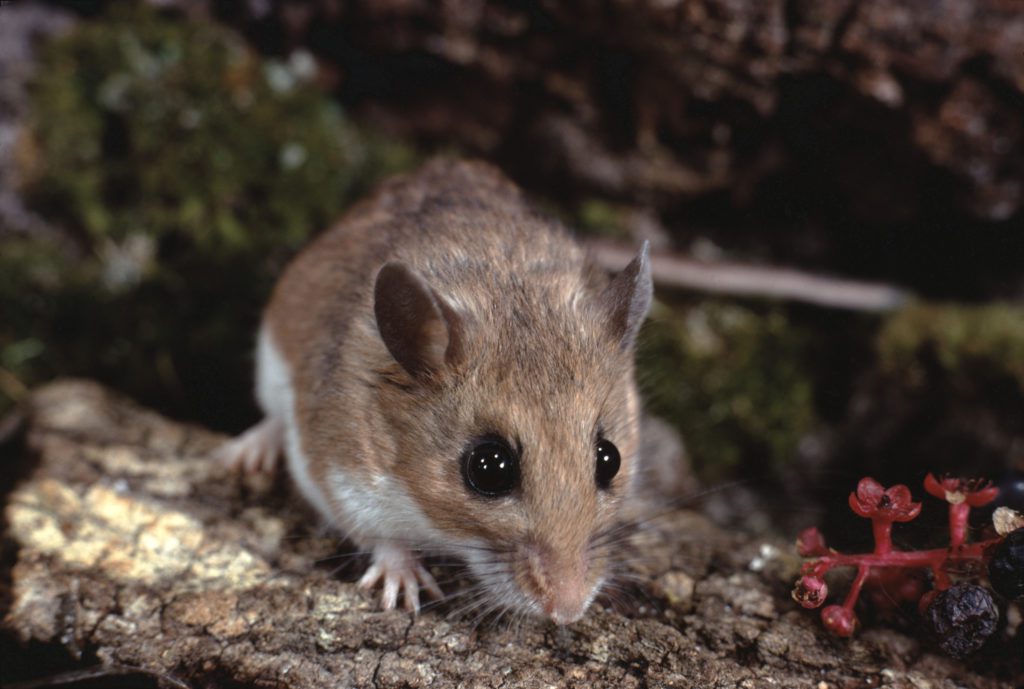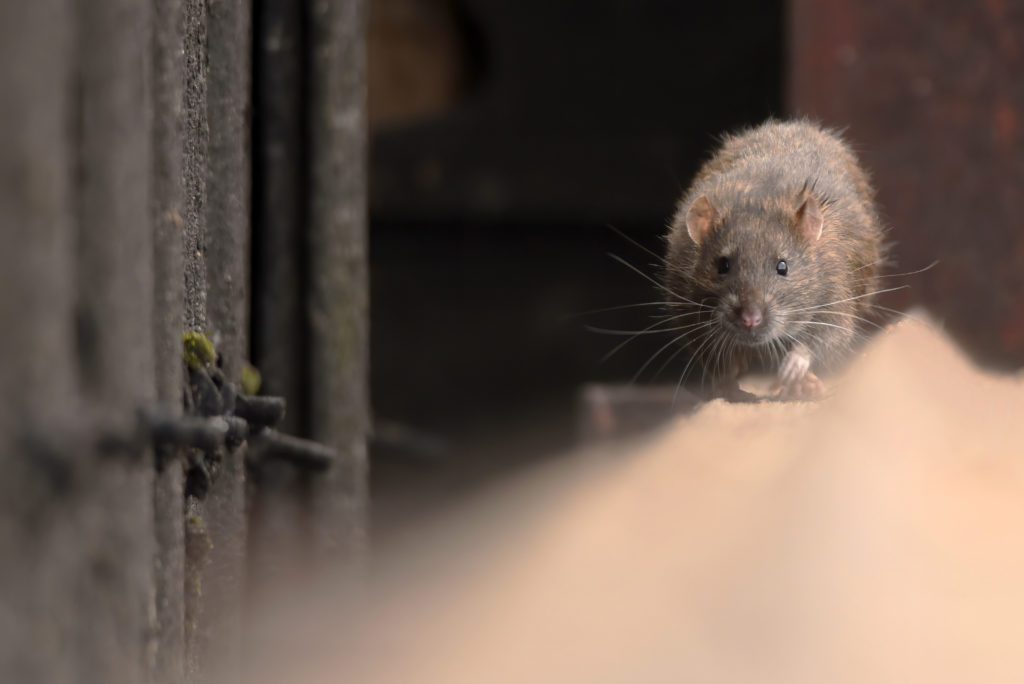Are Mice Really That Bad?
If you’ve spotted a mouse in your garage or kitchen and thought, “It’s just one—it’s not a big deal,” you’re not alone. But here’s the truth: when it comes to mice, one usually means there are several more hiding nearby—possibly within 20 feet of you. Mice are social animals, and where one goes, others tend to follow.
In fact, over half of all Midwest homeowners have dealt with rodents in their homes. If you haven’t yet, odds are your next-door neighbor has.
The Real Problem With Mice: It’s About More Than Just the “Ick” Factor
Rodents are more than a nuisance—they’re a health hazard, especially if you have kids, pets, or anyone with allergies or asthma in the home. Mice and rats can:
-
Spread bacteria, viruses, and parasites through their urine and droppings.
-
Contaminate food and surfaces, often without being noticed.
-
Trigger respiratory issues with allergens in their waste.
-
Leave scent trails that attract more rodents.
They’re constantly urinating as they move—marking paths to food and nesting spots for other mice. And with females capable of giving birth to litters of 12 pups multiple times a year, a small problem can escalate quickly.
Common Rodent-Related Illnesses
Here are two diseases you should know about if mice are in or near your home:
-
Hantavirus Pulmonary Syndrome (HPS): A serious respiratory illness spread through exposure to fresh mouse urine, droppings, or nesting materials.
-
Lymphocytic choriomeningitis (LCM): A virus carried by house mice that can be transmitted through contact with their waste or saliva.
These risks are especially important if you have young children, a home office, or spend a lot of time in your basement, garage, or pantry—areas mice love to invade.
We want you to be healthy!
If you have a rodent situation going on in your home or business, please contact us so we can help identify how they’re getting in and solve the problem at the root with you! We have an affordable program that will help keep your home healthy all year long. Not just with rodents, but it also covers dozens of common household insect pests as well.
Meet the Usual Suspects: Common Midwest Rodents
House Mouse
Small, slender, and quick. These mice can squeeze through holes the size of a dime. They’re drawn to food crumbs, pet food, bird seed, and cozy nesting materials like insulation or tissue.
Deer Mouse
More common in barns, sheds, or wooded areas. These brown mice with white bellies are known carriers of hantavirus and prefer rural settings.
Vole
Chubby and short-tailed, voles are lawn destroyers that chew through wiring and dig unsightly runways across your yard.
Shrew
Tiny, constantly hungry, and often mistaken for a mouse. Shrews live underground or under snow in winter and can cause damage similar to voles.
Norway Rat
The heavyweight of the rodent world. These large rats thrive in both city alleys and farm buildings. They’re attracted to poor sanitation, pet waste, and unsecured garbage.
In order to prevent a rat invasion, you HAVE to think preventatively. Seal up gaps the size of a quarter or larger. Practice good sanitation and trash disposal. Clean up after your dog when it does its business. These are all good practices. But, don’t forget. We’re here to help.
So, What Can You Do?
If you suspect mice (or any rodents) have made themselves at home in your space, the sooner you act, the better. Our team can help you:
-
Identify how they’re getting in.
-
Safely remove any existing rodent activity.
-
Set up a long-term plan to prevent future infestations.
Our Healthy Home Maintenance Program covers rodents and dozens of common household pests. It’s designed for busy families who want peace of mind, all year long.







